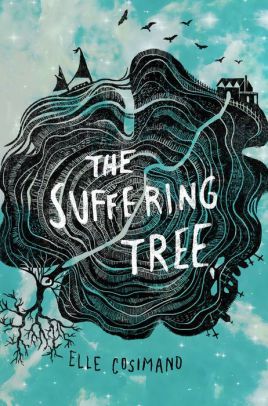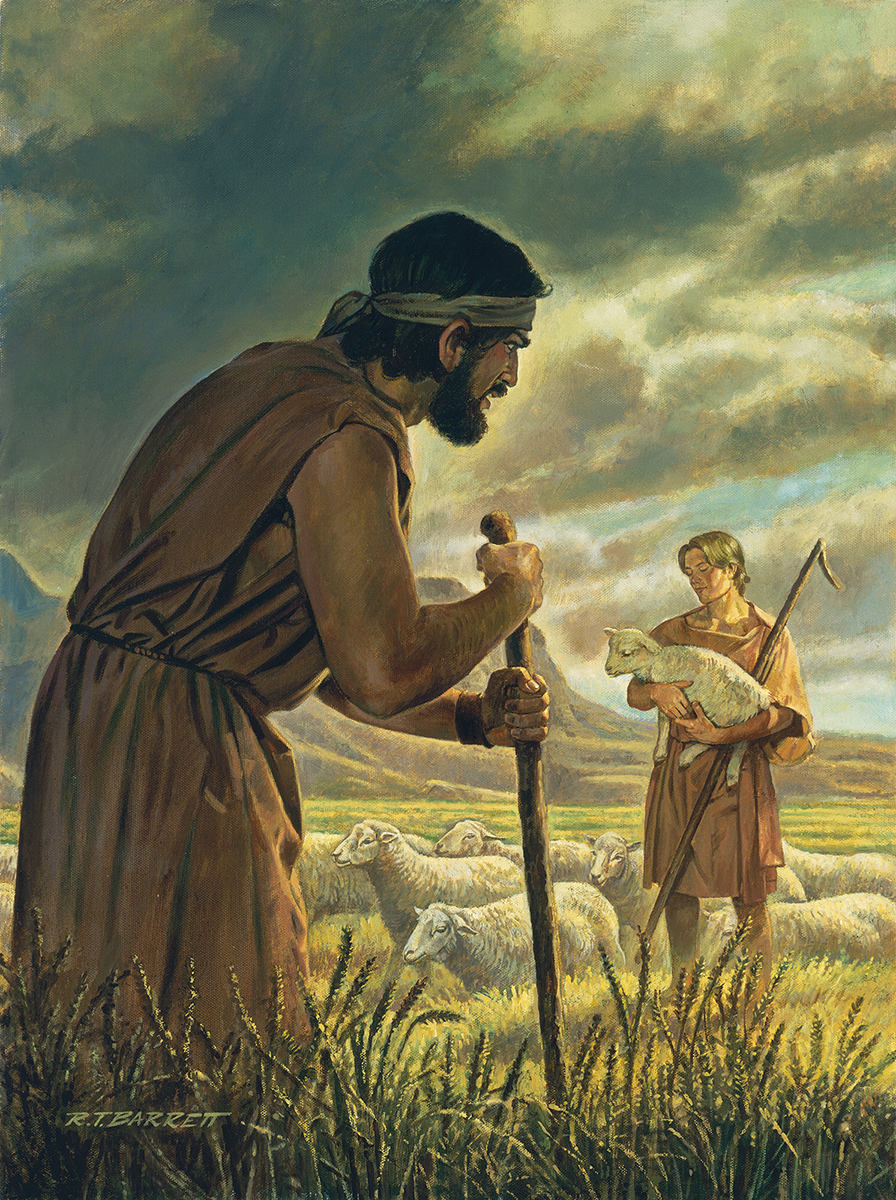THE UNINVITED – 1944 – 99 minutes – ★★★★
Directed by Lewis Allen
Starring Ray Milland (Roderick Fitzgerald), Ruth Hussey (Pamela Fitzgerald), Gail Russell (Stella Meredith), Donald Crisp (Commander Beech), Alan Napier (Dr. Scott), Cornelia Otis Skinner (Miss Holloway).
Cinematography by Charles B. Lang
Music by Victor Young
Where to watch: Criterion Collection blu-ray, released in 2013.
 Alan Napier, Ray Milland, Gail Russell, Ruth Hussey.
Alan Napier, Ray Milland, Gail Russell, Ruth Hussey.
(As I write this, it’s early October, so I thought it would be fun to take a look at a few “scary” movies. I’m going to wander in the cemetery of forgotten films and see what I can dig up!)
In the rather lighthearted opening scenes of this movie, we are introduced to a man, a woman, and a dog. The man and woman are siblings Roderick and Pamela Fitzgerald, vacationing in an English coastal village. Their dog chases a squirrel into a large, abandoned house, and they follow along. They immediately fall in love with the house, and impulsively decide to buy it.
The owner, an older man named Commander Beech, seems all too ready to part with the house, although his granddaughter Stella objects to the sale. She was born in the house, and feels a strange connection to it.
Soon enough, brother and sister move into the house, and all is well for a short time. Well, except for the small matter that the dog won’t go upstairs. And the upstairs room that composer Roderick plans to use to write music? There is an eerie, unearthly quality on display in this room. It is always cold, even though there are large windows admitting lots of light. Anyone who spends a moment in this room finds their mood turning melancholy for no reason. Then, brother and sister are awoken by loud, pitiful, heart wrenching sobbing and crying, which can’t be located in the house. “It’s everywhere and nowhere” says sister Pamela (Ruth Hussey). The crying always disappears at dawn.
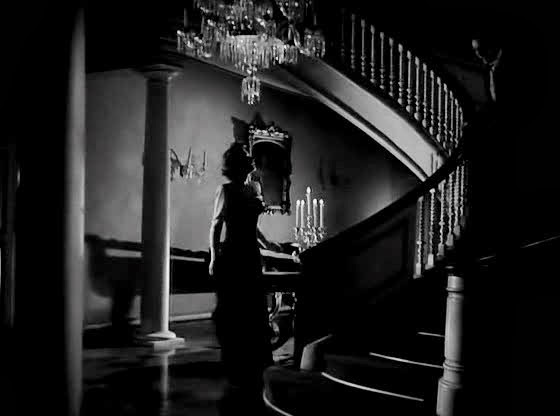 One example of Charles Lang Jr.’s haunting cinematography.
One example of Charles Lang Jr.’s haunting cinematography.
Stella Meredith (Gail Russell) the young woman who so objected to the sale of the house, meets Roderick in the village, and fills him in on some of the backstory on the house. Stella’s mother died at the house, in a fall from a cliff. There is a rumor that Stella’s father, a painter, was having an affair with a model, and this may have contributed to the plummet from the cliff.
So who is haunting the house then, Stella’s mother? And if so, why is she a malevolent spirit, even towards her own daughter? Maybe the model is responsible for the haunting. As the movie progresses, the story about what really happened at this house will change, grow and expand more than once. Ultimately, this story isn’t really about who is haunting whom. It’s about character and atmosphere.
This is one of the first Hollywood films to deal with the idea of ghosts in a mature way. This was not a comedy; the spirit would not be discovered as a fake in the final moments; and the effects are not cheap. Most of the elements of the haunting are portrayed through acting and atmosphere alone. First time Hollywood director Lewis Allen would have preferred to have no visible ghost at all, but Paramount insisted, so he created an effect that is simple, subtle, and believable.
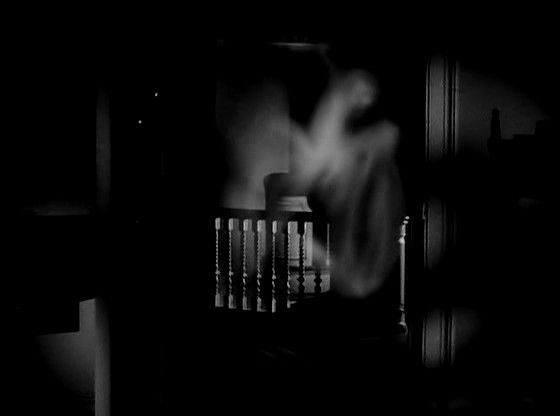
Much credit is to be given to Oscar-nominated cinematographer Charles Lang, Jr., and the haunting score of Victor Young (more on that in a moment), for filling this movie with a palpable energy and intensity.
The performances are great throughout. In addition to Ray Milland and Ruth Hussey, we have Donald Crisp as the crotchety Commander Beech, who seems to be hiding a secret. The always charming Alan Napier turns up as Dr. Scott, the village doctor who tries to help Stella and the Fitzgeralds get to the bottom of the haunting. Napier will forever be remembered as Alfred from TV’s Batman, but he was a stalwart character actor for half a century, with over a hundred film and TV credits to his name. Cornelia Otis Skinner turns up in a small but powerful role as Miss Holloway, a doctor who claims to want to help Stella but seems to have other motives. Her affinity for Stella’s departed mother deliberately evokes the way Miss Danvers felt for Rebecca in the Daphne du Maurier novel. It is pretty clear that Miss Holloway felt more than mere friendship for the late Mrs. Meredith. And finally we come to Gail Russell.
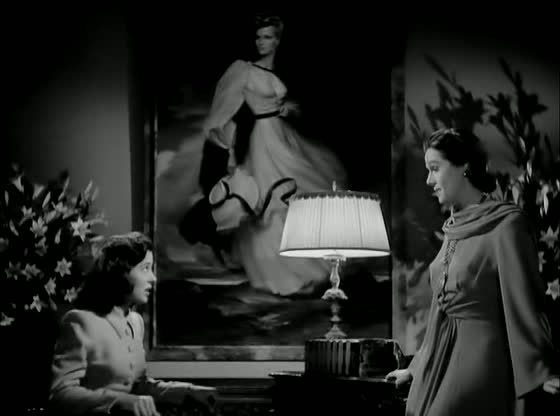
Gail was interested in art at a young age; she enjoyed both painting and sketching. She was signed to a contract at Paramount based on her looks alone, despite having no acting experience, or any interest in acting. One look at her and it’s easy to see why Paramount was willing to put her under contract. Gail has an ethereal beauty, with large expressive eyes. She was never comfortable in front of the camera however, always doubting her own abilities. This is a real shame, because her performance in this movie is wonderful. She was only 19 at the time of filming, in a role that requires a display of the full range of human emotion.
Gail took to drinking to steady her nerves, and basically never stopped. She would act again, off and on. She would also be in the papers as much for her displays of public drunkenness as for her acting. She died at the unbelievably young age of 36, of liver damage from chronic alcoholism.
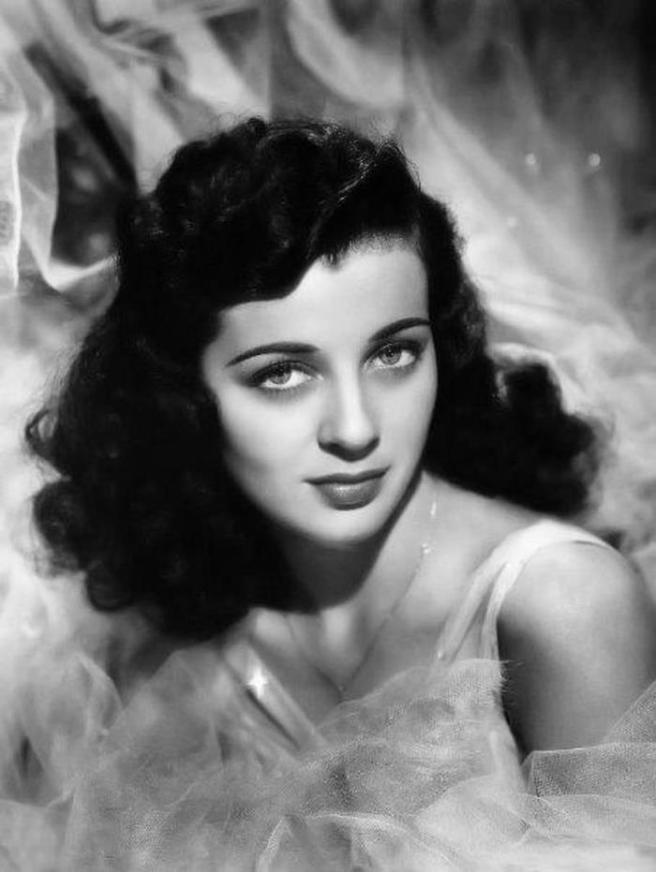
At one point in the film, Ray Milland’s character sits at the piano and plays a song he has composed for Gail Russell’s Stella Meredith. He calls the song “To Stella by Starlight.” Victor Young’s musical composition here is simply exquisite. Little did he know that he was writing a song for the ages. Because “Stella by Starlight” would become one of the most recorded jazz standards of all time. There are literally hundreds of versions of the song, recorded by a who’s who of jazz greats. Everyone from Charlie Parker, to Miles Davis, to Ella Fitzgerald, to Stan Getz, to Chet Baker, to Frank Sinatra have serenaded Stella.
This movie is not a “scary” movie by any stretch, certainly not by today’s standards. But it is powerful, haunting, and unforgettable. And yet, more so even than the power of the movie, it is the ghost of a song, and the ghost of a girl, that haunt this viewer the most.
There is a rumor that Gail Russell used to call a Los Angeles radio station and anonymously request “Stella by Starlight.” One DJ even claims that she called on the evening of August 25, 1961, the night of her death.
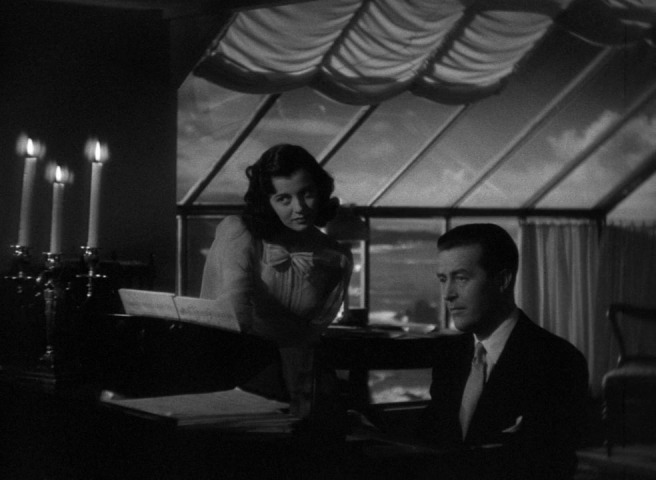
I like to imagine that every time someone plays “Stella by Starlight”, it is offered up as a prayer to Gail Russell; hundreds, thousands of prayers drifting into the night. It isn’t that you weren’t good enough, dear Gail. Rather, you were too good. Too good for the Hollywood machine that consumed you. Too good for the studio men who just saw a beautiful girl and tried to reshape her, without ever thinking to ask what she wanted. We understand, Gail. We who sit in the dark, watching, listening, hanging on your every word. If only that had been enough.
Advertisements Share this:

